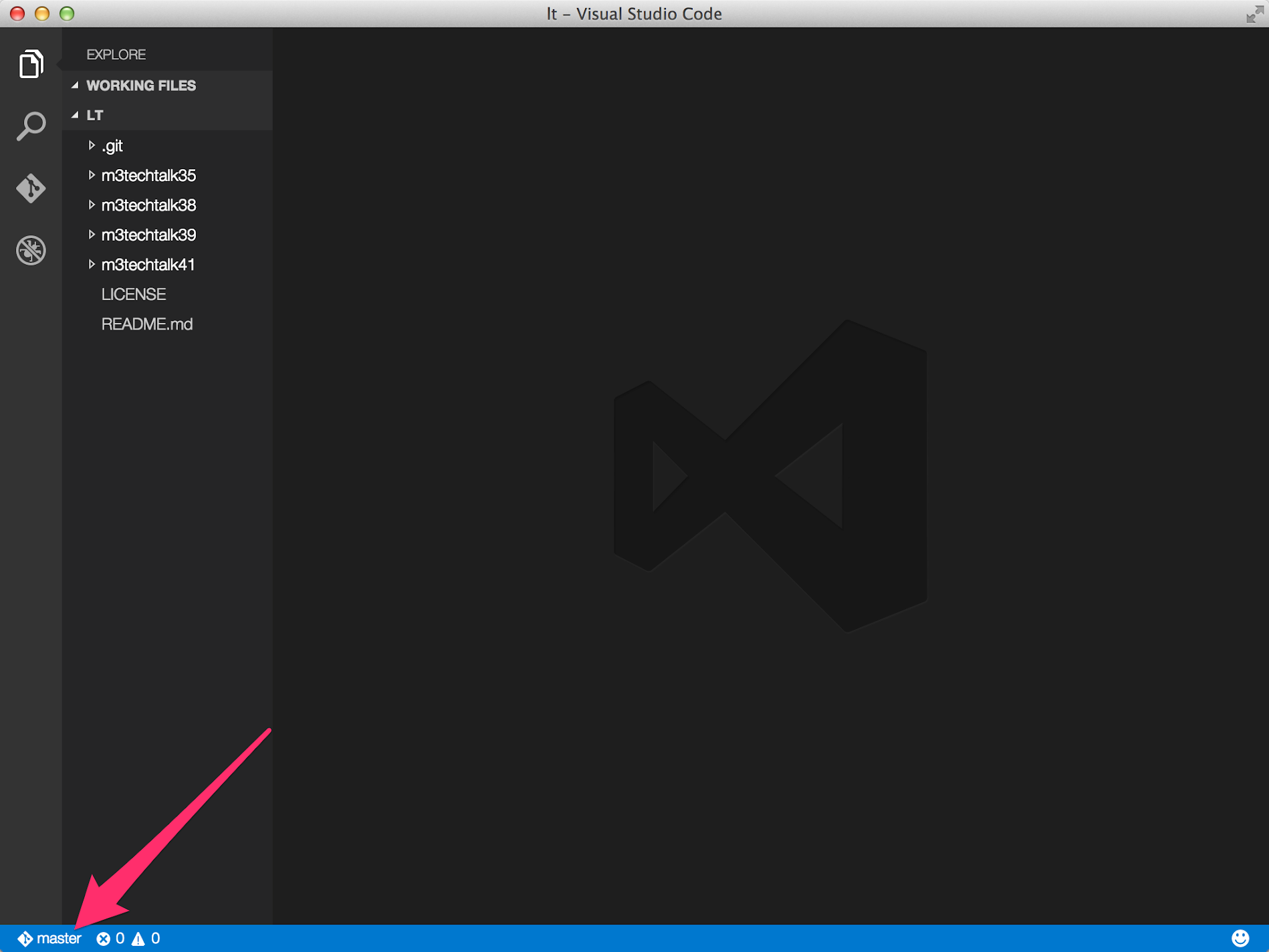

First, you can use the UI: buttons, menus, and tabs. There are multiple ways to perform a specific Git function within VS Code. You may refer to VS Code official documentation regarding version control for a more extensive list of features.

Discard changes to undo the file’s modifications.Commit – when you make a commit, the changes you made to multiple files are grouped into a single unit and added to the project history.It creates a local repository on your device. Clone – copies a repository from GitHub, Azure DevOps, or another services provider.Here is a list of standard Git functions and how they are available: Without having any extensions installed, VS Code is sufficient for managing a local repository (cloning, branching, commits, pushing to a remote branch, etc.). Once the setup is done, you can use Git functionality within VS Code. You may refer to this blog post regarding Git setup (except for the GUI extension part). If it is not installed, some setup is required. VS Code uses your machine’s Git installation to perform version control actions. Thus, in this blog post, we will focus on using VS Code for version control purposes.

For example, creating and managing pull requests within VS Code. However, if they are used, additional features become available. As a result, it is possible to perform most of Git actions without the usage of extensions.

Since then, the amount of Git features and their availability has increased within VS Code. Within them, we recommended a tool called GitExtensions, for performing most Git actions. In previous blog posts, we wrote about managing AL code with Git and VS Code.


 0 kommentar(er)
0 kommentar(er)
